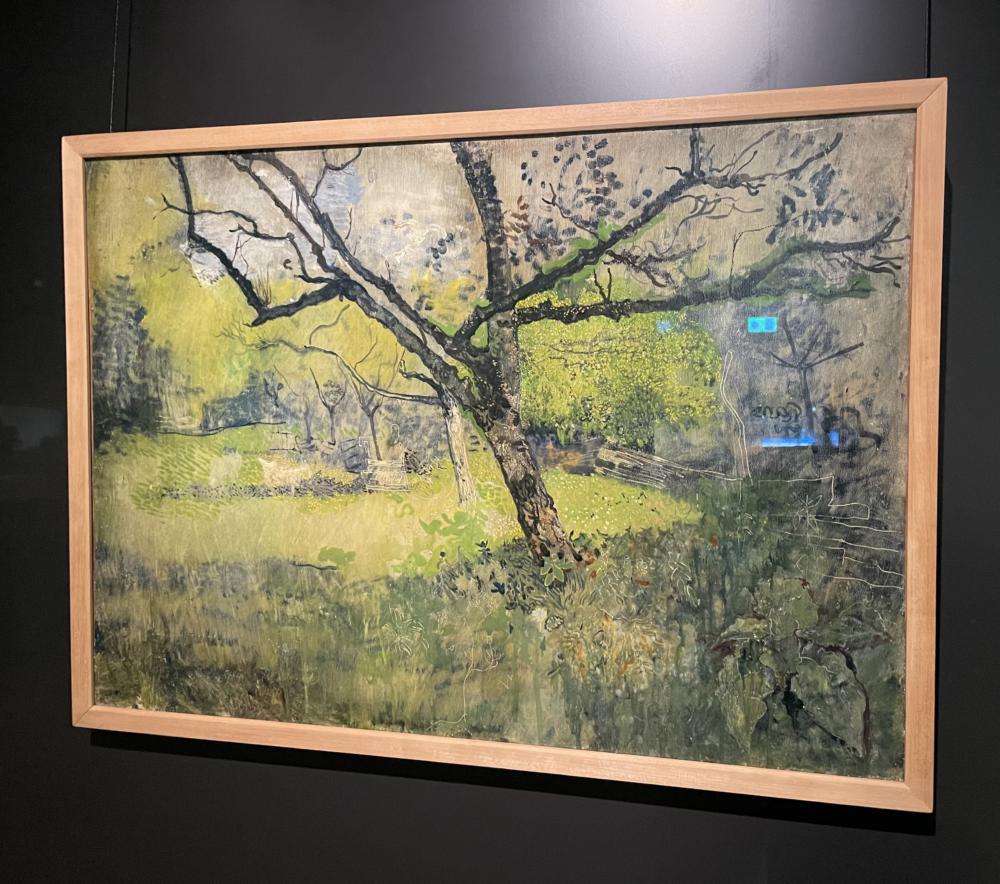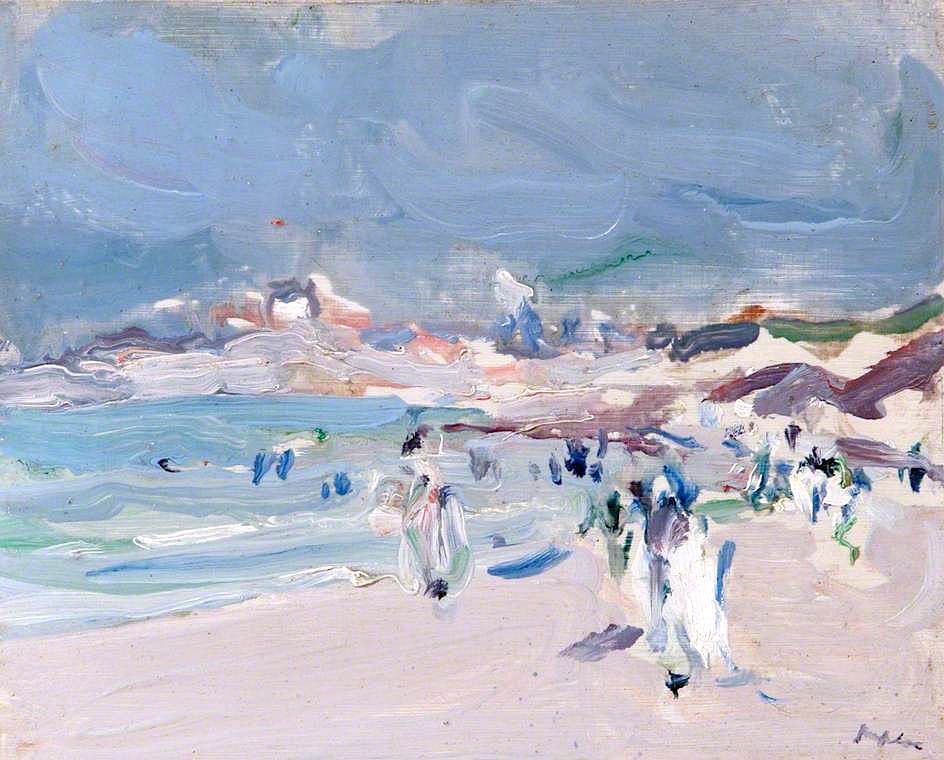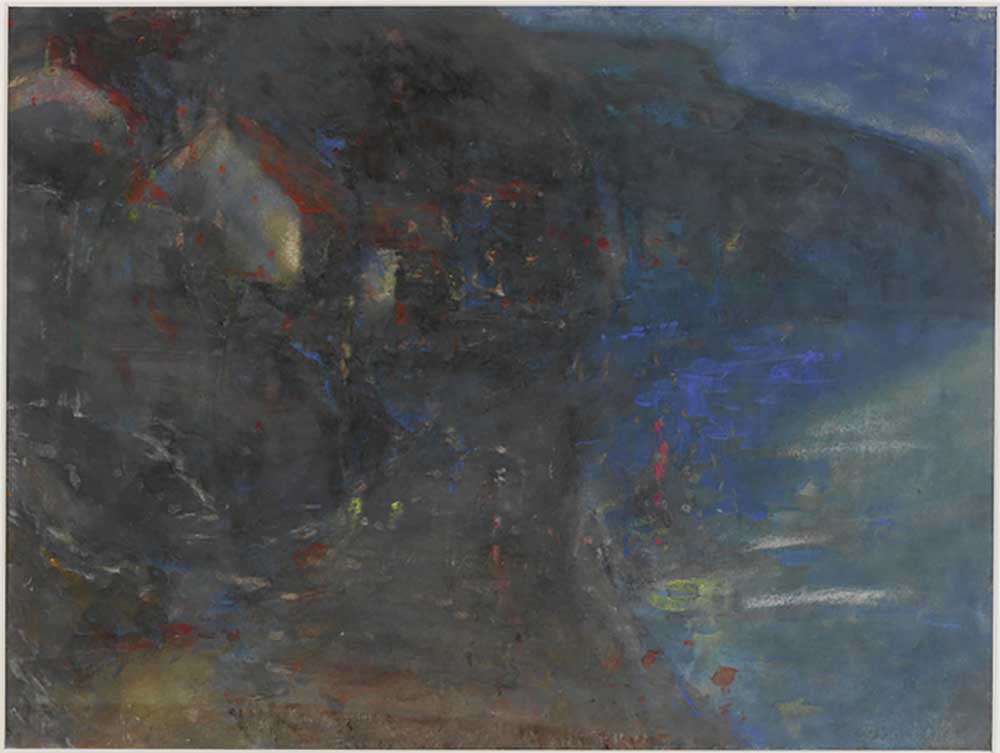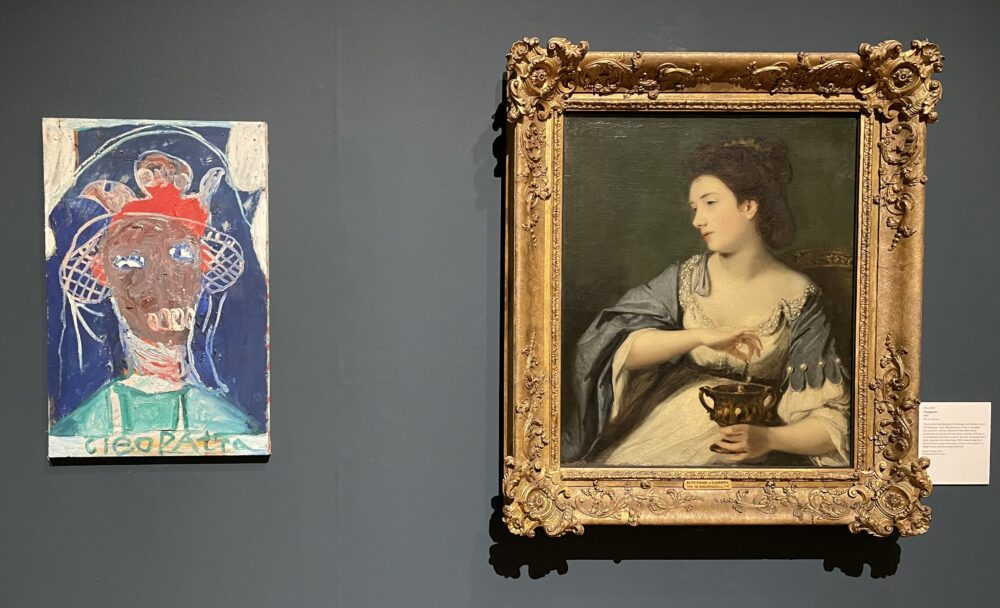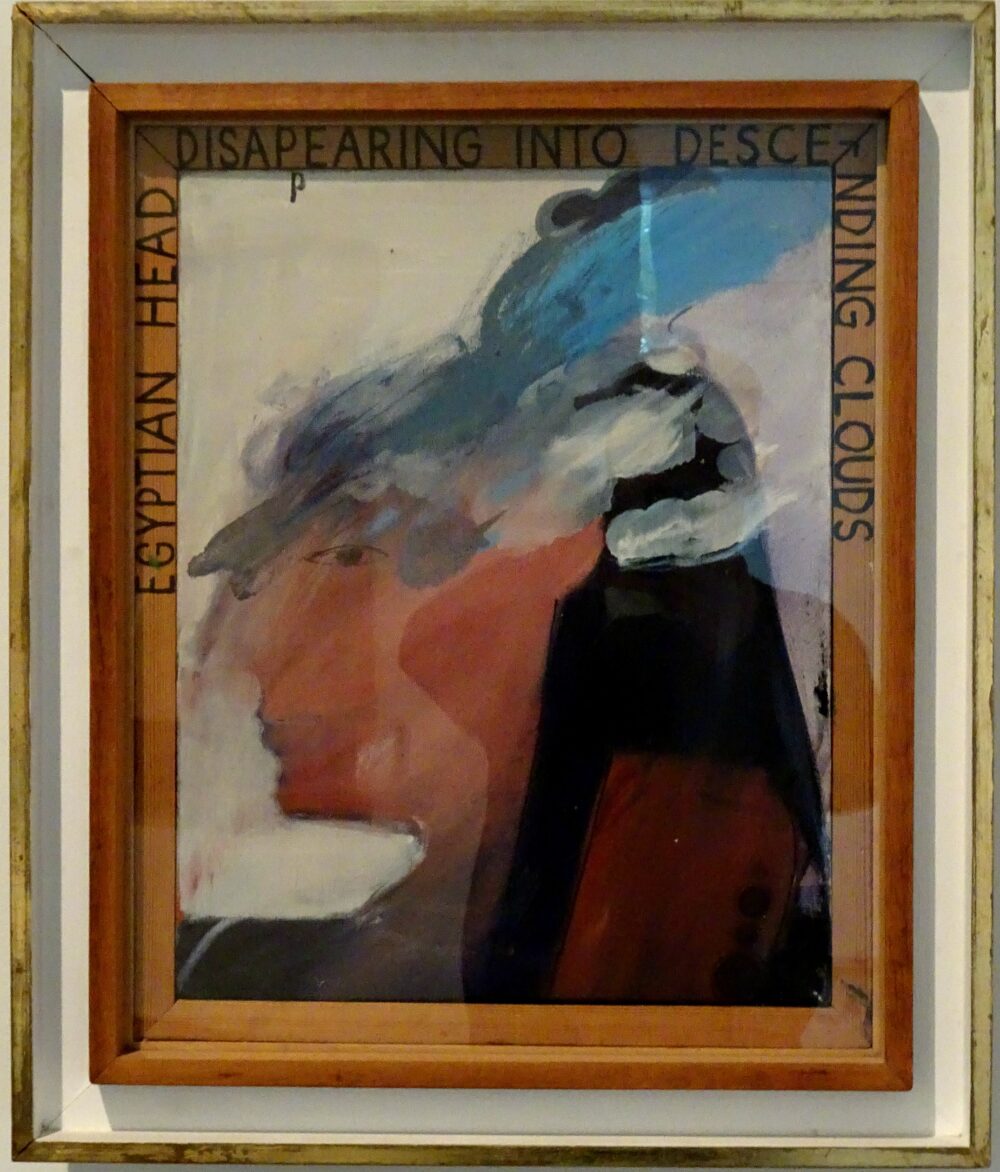‘Yevonde: Life and Colour’
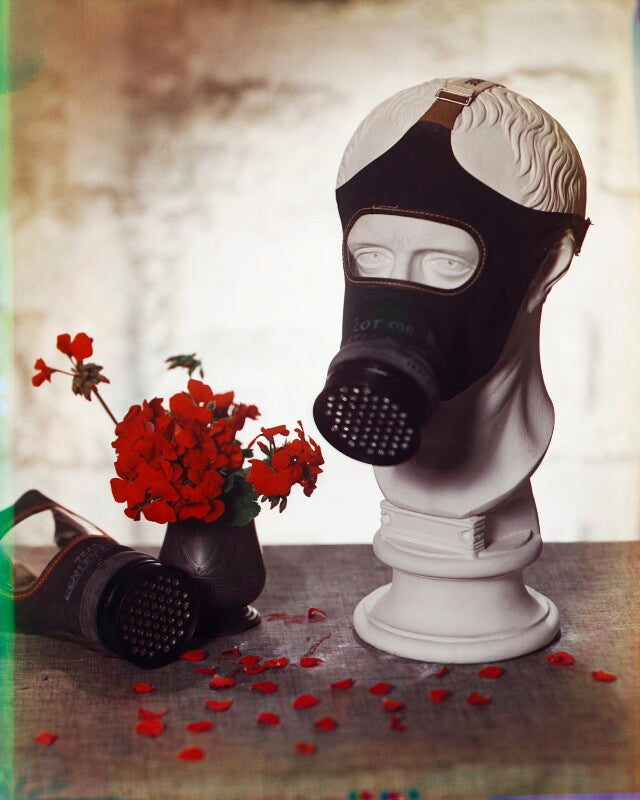
This exhibition has recently transferred from the National Portrait Gallery to The Laing. Before visiting, I knew nothing about Yevonde, but I came away with a real appreciation for her life and work. She was a photographer who developed her practice in the period between the two World Wars, and who was a pioneer of the use of colour photography. There were several strands running through the exhibition that stood out to me.
The exhibition did a good job of helping me to understand how colour photography initially developed. It was a simple process involving taking multiple simultaneous images effectively through multiple cameras, with coloured filters in front of each one. These could then be developed using coloured inks and composited to create a colour image. It’s a simple and logical process, but one that was entirely new to me.
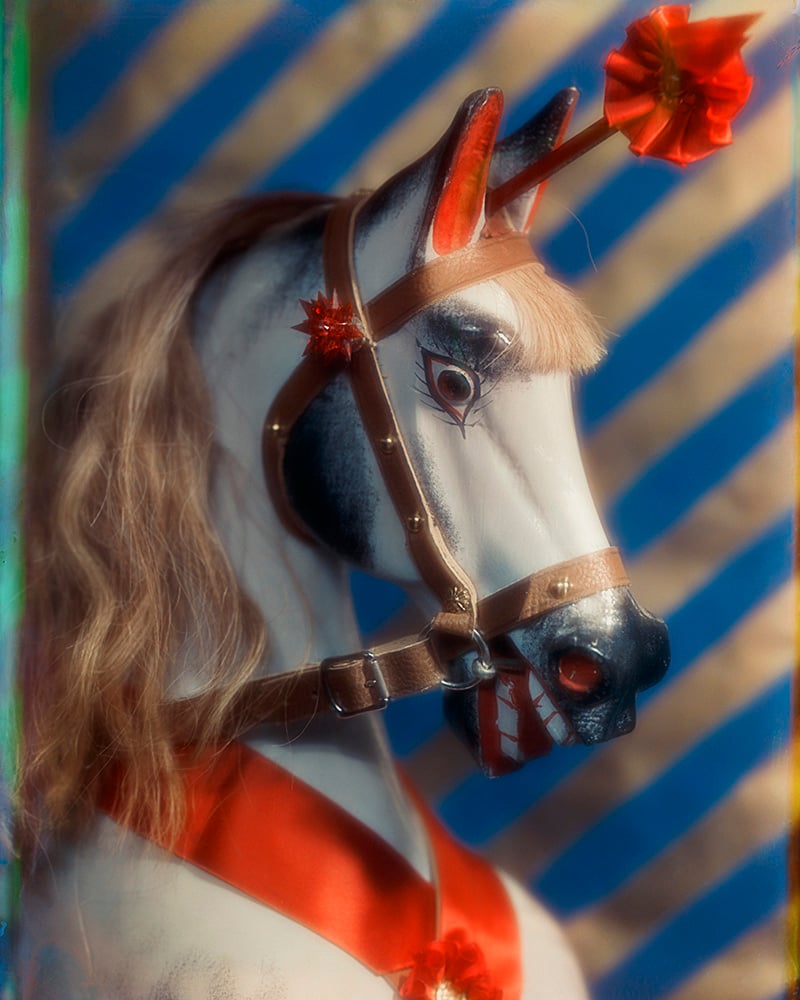
Yevonde developed a distinctive style for her colour photography:
If we are going to have colour photography, for heaven’s sake, let’s have a riot of colour.
My colour perception is pretty poor, but even so, the Vivex photography combined with Yevonde’s compositions seemed stunning vivid on the gallery walls, almost hyperreal. This is perhaps most celebrated in her work photographing women dressed as goddesses.
The exhibition included a small goddess-inspired dressing up corner, and during my visit, this was occupied by a woman who seemed to be having the time of her life, alone in front of the mirror. More power to her.
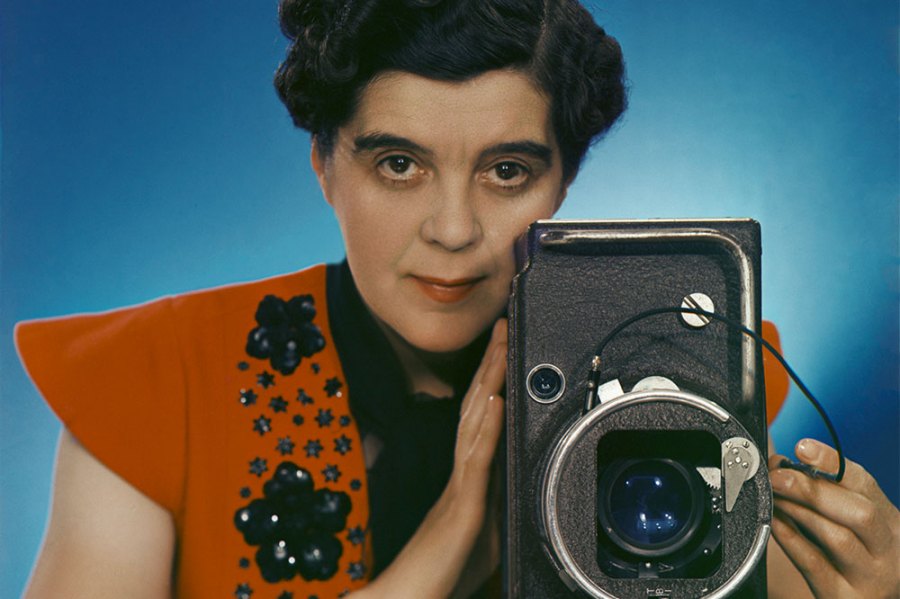
I was interested in Yevonde’s feminism, which was well represented in the exhibition. Most of the human subjects featured in her work were female, and it was suggested that much of her early interested in photography was driven by a desire to be independent.
The duties of a wife with a separate career have yet to be defined, and although complete unselfishness, has always been considered a sure foundation for domestic happiness, I am not convinced.
The curators placed one of the largest of Yevonde’s self-portraits alongside this quotation:
This is not the story of a woman’s life, but the story of a photographer that happens to be a woman.
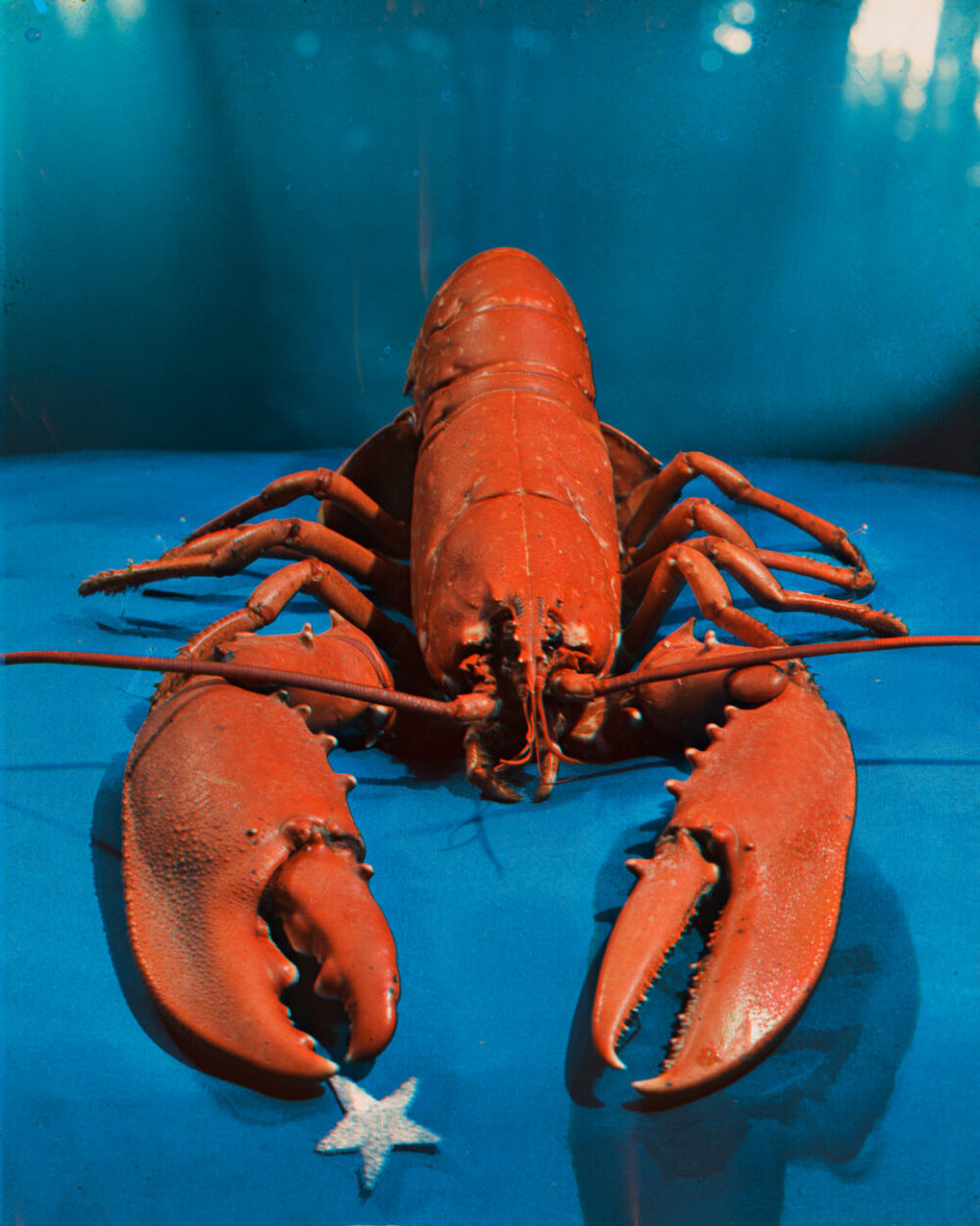
Almost exactly a year ago, I enjoyed the Design Museum’s exhibition on Surrealism. I was therefore interested to see in this exhibition the interaction between Yevonde’s photography, and colour photography more generally, and surrealism. It is surely no accident that the often bright colour of surrealist work came about just as colour photography was beginning to make a splash.
All things considered, I thought this was a great exhibition. I learned things from it and gained new insights and perspectives on the art featured. It was well worth a visit.
Yevonde: Life and Colour continues at The Laing until 20 April.
This post was filed under: Art, Newcastle upon Tyne, The Laing, Yevonde.
